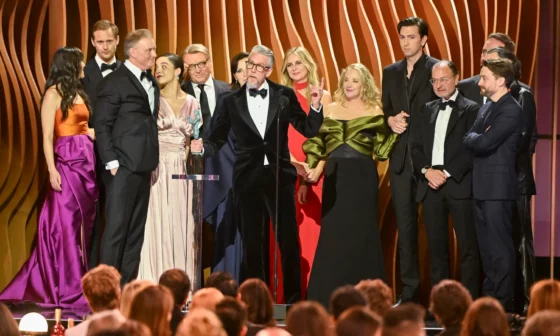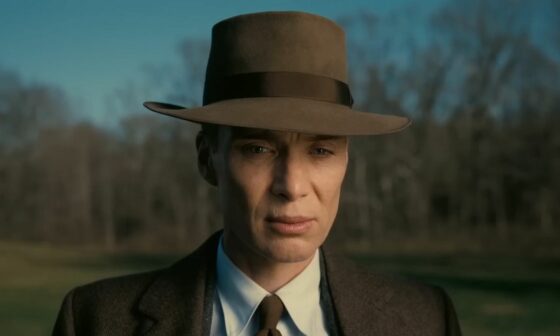Those who are currently aged under 30 have grown up during an era of unprecedented technological innovation.
Whilst some older folks are able to remember the simpler times of the 1960s and 70s, younger generations have never known a world that wasn’t bristling with technology. In such an environment, it is easy to forget that many of the things we take for granted today have only existed for a relatively short time.
Take movies, for example. Modern cameras and video editing techniques have simplified the processes involved in creating movie pictures to such an extent that even amateurs are able to create high-quality results today. Things were not always this way, however, and directors in years gone by were often heavily restricted by the technical limitations of their equipment.
The Introduction of Moving Pictures
Go back in time a hundred years, and the only way to watch a movie was to take a trip to your local cinema. These special buildings designed for viewing film are often touted as being at risk in an era where people have access to tens of thousands of movies via the internet – a situation that was unimaginable a century ago.
The first modern projector was invented in 1894 by a man named Charles Francis Jenkins. Attempts had been made even earlier than this to create such a device, but Jenkins ‘Phantoscope’ allowed him to project moving pictures onto his walls much more smoothly than was previously possible.
The technology went through several more iterations before finding its way into movie theatres, but the revolution undoubtedly started with Jenkins.
The First Feature-Length Film
Two decades after Charles Jenkins wowed his friends with his revolutionary ‘Phantoscope’, the perfect use for the technology was finally realised in 1915 with the creation of the world’s first feature-length moving picture, or movie.
Titled The Clansman before eventually being renamed to Birth of a Nation, it was based on a 1905 novel of the same name and tells the stories of two families around the time of the American Civil War.
Before this, most films were short and lacked depth or story. As a feature length production, Birth of a Nation changed all of this. Whilst the film is certainly notable for its contribution to cinema, the story it tells is historically inaccurate and unlikely to appeal to modern audiences.
Early 19th Century Film Trends
The first “talkie”, or moving picture with sound, arrived in 1927 with the release of The Jazz Singer. Synchronising the moving pictures with sound was revolutionary at the time, as it allowed much more complex stories to be told than was ever possible using visuals alone.
This was a tough time for actors, however, many of whom had built their careers around mastering body language and facial expressions. The 1952 comedy movie Singing in the Rain tells the story of this change, and it’s a great watch if you are keen to understand the beginnings of modern cinema.
Two other hugely important genres of film took off around this time too. Walt Disney arrived in Hollywood during the 1920’s, and soon got to work painting many of his most famous cartoons including Steamboat Willie (Mickey Mouse), Pinocchio, Fantasia, and Bambi. A decade later, the horror movie was a big hit with audiences who couldn’t get enough of classics such as Dracula, Frankenstein, The Mummy, and The Werewolf of London.
Fractures in the Industry
The 1948 breakup of the so-called media monopolies in the United States had an enormous impact on the wider movie industry. Before this, all films used to be produced and distributed by a handful of extremely powerful companies that controlled everything from the creation of the film down to the picture houses where they were viewed.
The United States broke up these vertically integrated monopolies into smaller businesses that were better able to specialise in their area of expertise.
Whilst the production studios were understandably angry about this move at the time, it did allow a much larger degree of flexibility within movie making and was largely responsible for the dramatic improvements to quality and technology during the following two decades.
The New Hollywood
Ask somebody from each generation of your family when Hollywood’s “golden age” was, and you are likely to get a different answer from each person that you ask!
Whilst it’s true that the answer to this question is somewhat subjective, a consensus is beginning to form with modern film critics that the 1970s were the most interesting and innovative time for filmmaking in Tinseltown.
This was an era which gave us spectacular films including The Exorcist, Jaws, The Godfather, and Star Wars. Before the 1970s it was the film studios which had the largest degree of creative control in the movie making process.
Talented directors such as Steven Spielberg and Stanley Kubrick demanded the ability to fully realise their visions, however, and the experiment proved so successful that it is now the norm for directors to be given a large degree of control over the movies that they create.
#Peace.Love.Hollywood









